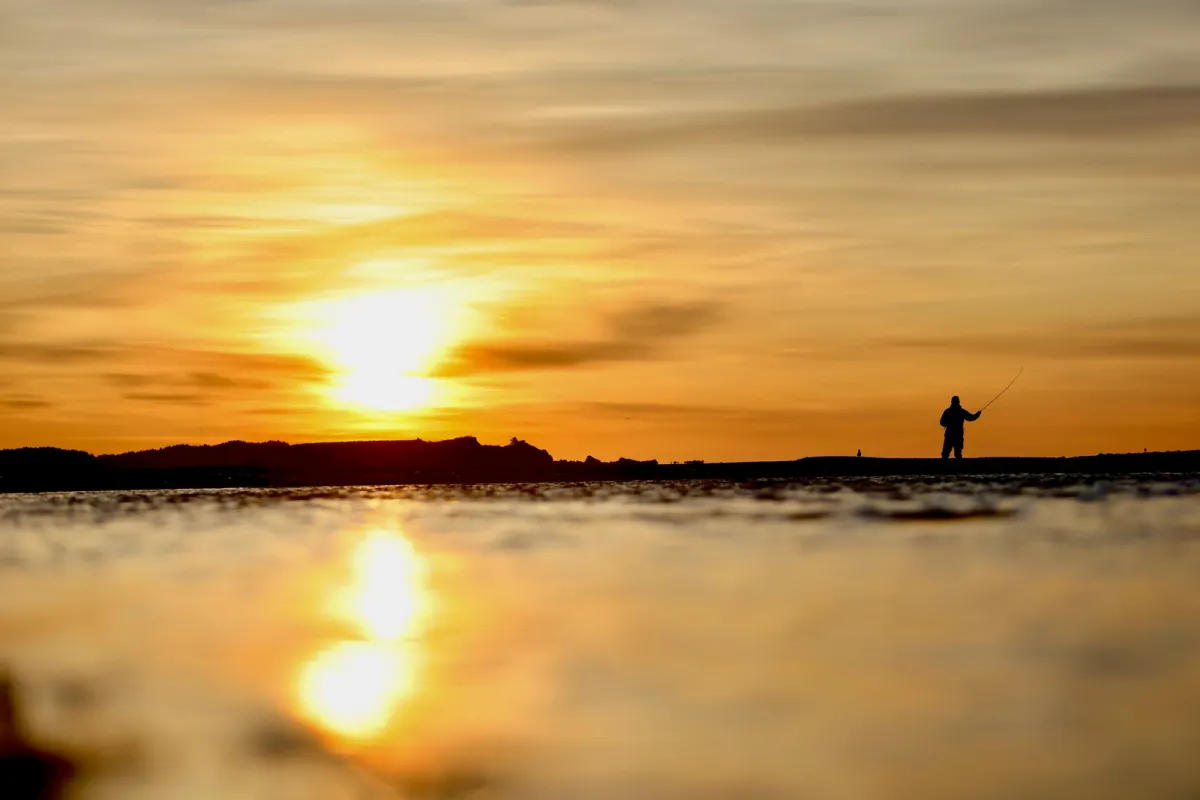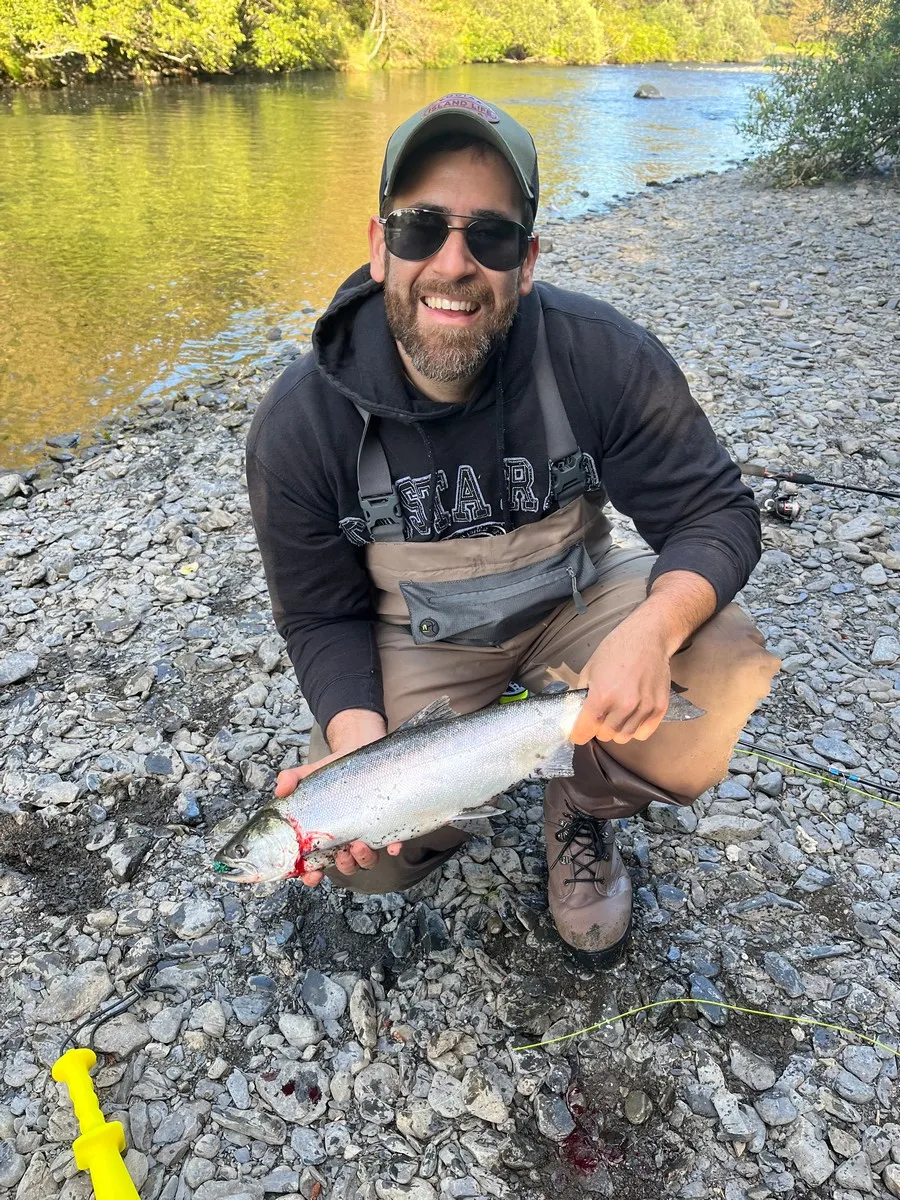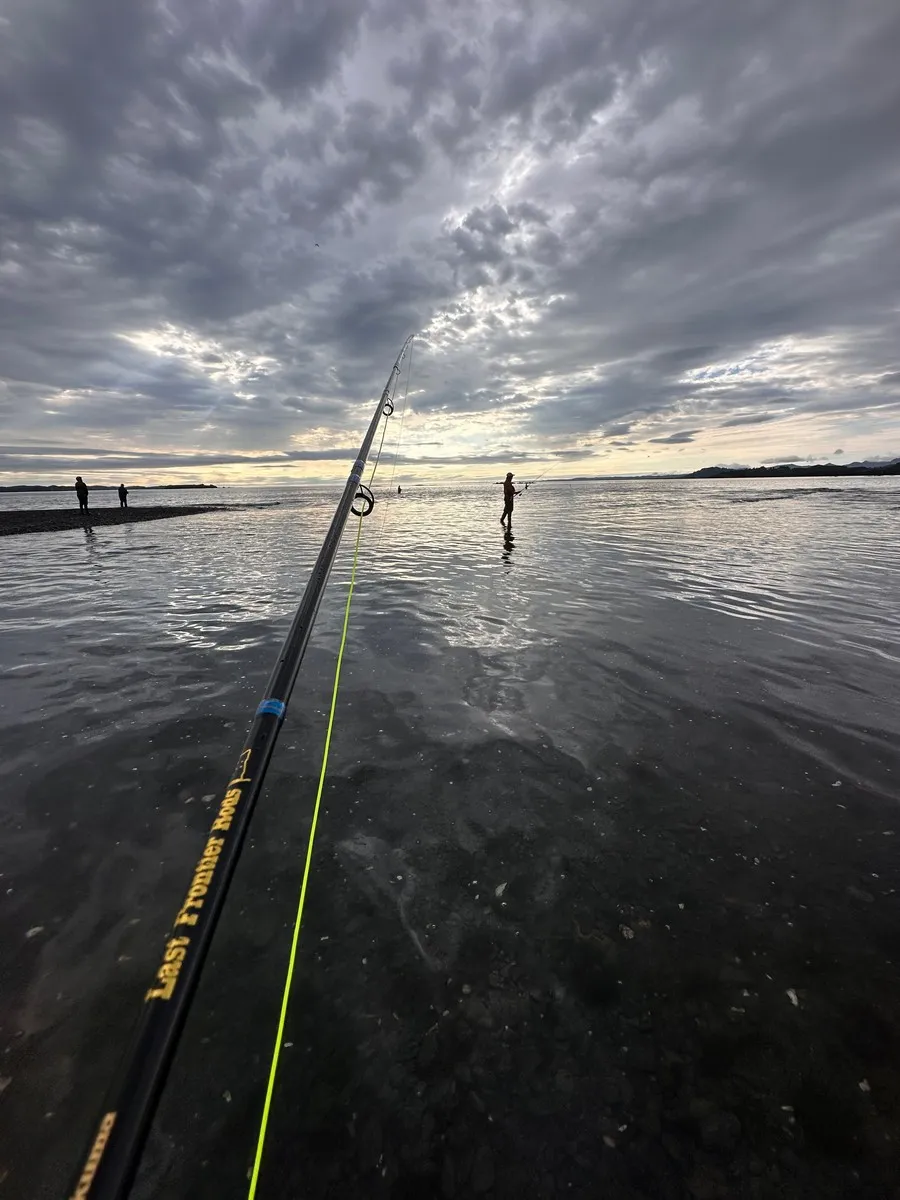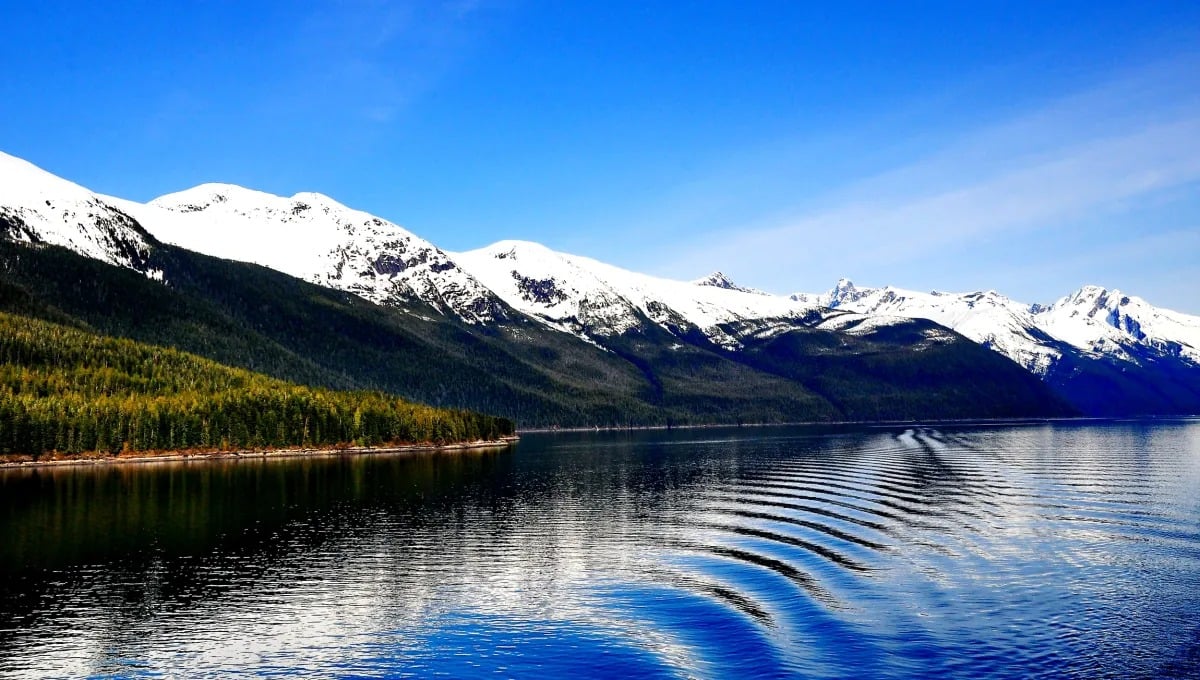
Fly fishing is one of Alaska’s favorite pastimes. Throughout the summer, the rivers become full of anglers casting their lines across pristine water as salmon surge upstream. While a little more difficult to learn, fly fishing can be incredibly rewarding, as it allows you more precision and control over your casting and fly – something that is incredibly important when targeting difficult species, such as coho and sockeye salmon. In this guide, we will cover the basics of fly fishing in Alaska, from where to go to what to buy, helping you get equipped for a great adventure in the Last Frontier.
Best Places to Fly Fish in Alaska

While there are countless rivers and lakes that are perfect for fly fishing throughout the state, a few places with exceptional fish runs and incredible scenery include:
Yukon River: This is the haven for pike and sheefish. The river stretches over hundreds of miles, allowing ample space for anglers to get their casts perfect and be alone in nature. Many parts of the river will require a float plane to access, due to the remoteness of the area.
Russian River on the Kenai Peninsula: This river is famous for its sockeye salmon, dolly varden, and rainbow trouts. The scenic river offers both challenge and reward for new and experienced anglers. During the sockeye and king run, this is one of the busiest rivers in the state, so be prepared for crowded parking areas.
Pasagshak River on Kodiak Island: The place to be for silver and king salmon enthusiasts that want to get away from the mainland crowds. The river's rugged beauty on Kodiak Island makes this a perfect fly fishing getaway.
Kvichak River: A gem for those after rainbow trout, the Kvichak has clear waters that make for an exciting fly fishing experience.
Denali Highway: Countless streams and rivers along this stretch of road are home to the graceful arctic grayling. The highway side locations are easy to access and teeming with opportunities, making it a great place for beginner anglers who don’t want to pay a lot for more remote opportunities.
Kenai River: The Kenai is renowned for its abundant king salmon. The river's vast stretch allows for ample access areas and plentiful camping and lodging options.
Lake Creek: An easy drive from Anchorage, Lake Creek is a rare spot where you can target all 5 salmon species, making it a must-visit for all anglers.
Common Types of Fish to Target for Fly Fishing in Alaska

Fly fishing is more typically used to target river, lake, and coastal species. If you are fly fishing in Alaska, you will typically be targeting the following:
Salmon: The stars of Alaskan waters, including Coho (silver), Sockeye (red), Chinook (kings), Chum (dog), and Humpbacks (pink).
Trout: These include the radiant rainbow trout, the formidable steelhead, and the speckled beauty, dolly varden.
Other River Fish: Diversify your catch with the vibrant arctic char, the delicate arctic grayling, the unique sheefish, and the fierce northern pike.
What to Target Each Season
Fly fishing is available throughout the year in Alaska, with different fish running up river at different times and some river fish always being present. Planning your fly fishing trip will largely depend on the species you are targeting. Here is a quick overview to help you get started:
- Summer: The best time for king, sockeye, pink, and chum salmon. These fish begin to “run” up river from the ocean for their spawning.
- Fall: Autumn is fantastic for rainbow trout and silver salmon.
- Winter: A challenging time due to frozen waters, but for those willing, ice fishing for pike and char can be very rewarding.
- Spring: As waters thaw, it's prime time for steelhead trout and dolly varden.
Best Fly Gear for Alaska

Gearing up for Alaskan waters is crucial. The challenging conditions and diverse species necessitate specific gear to ensure success and safety. This guide will provide you a basic overview of the gear needed for salmon or trout (the two most popular species targeted in Alaska), but you may need to adjust based on the specific type of fish you are targeting (for example, pike will require much heavier gear due to the size of the fish).
Rods
Salmon: A 9-foot rod suited for a 7-8 weight line is typically recommended. These rods offer the backbone needed to handle the fight that salmon often put up.
Trout: Lighter, more flexible rods in the 5-6 weight range are ideal, offering sensitivity to feel the trout's subtle bites.
Line
Floating Lines: These are versatile and apt for most Alaskan conditions, making them a staple in an angler's kit. These are ideal for trout and salmon fishing along the coast or in lakes.
Sink Tip or Full Sinking Lines: Essential when you're aiming to reach fish in deeper waters or in rivers with swift currents, such as for salmon in rivers. When targeting sockeye or silvers, you will often need a sink tip to get your fly in the correct spot.
Flies
Salmon: Vibrant, sizable flies are often the go-to. Egg-sucking leeches, bunny flies, and streamers in bold colors like pink, orange, and purple are usually very effective. For most salmon, you want a fly that will draw their attention and annoy them (especially for silvers and reds, as they are notoriously hard to get to bite).
Trout: Smaller flies, including bead-headed nymphs, wooly buggers, flesh flies, and even mouse patterns, can be incredibly productive.
Additional Gear
Waders: Essential for those venturing into rivers, ensuring you stay dry and warm. Look for breathable materials.
Boots: Opt for sturdy, waterproof boots with good ankle support. Felt or rubber soles with studs can provide traction on slippery river beds.
Fly Boxes: Organize flies based on types and sizes for easy access, and look for something you can clip to your waist or easy carry in your wader pocket. You will often be moving with the fish along the river, so the less things you have to carry, the better.
Polarized Sunglasses: Vital for spotting fish and protecting your eyes from glare.
Rain Gear: Alaska's weather can be unpredictable. A high-quality rain jacket and pants are crucial, as well as a lightweight pair of gloves. You may also want to opt for bug netting and bug spray, if you plan on fishing in the interior or on days with little to no wind.

